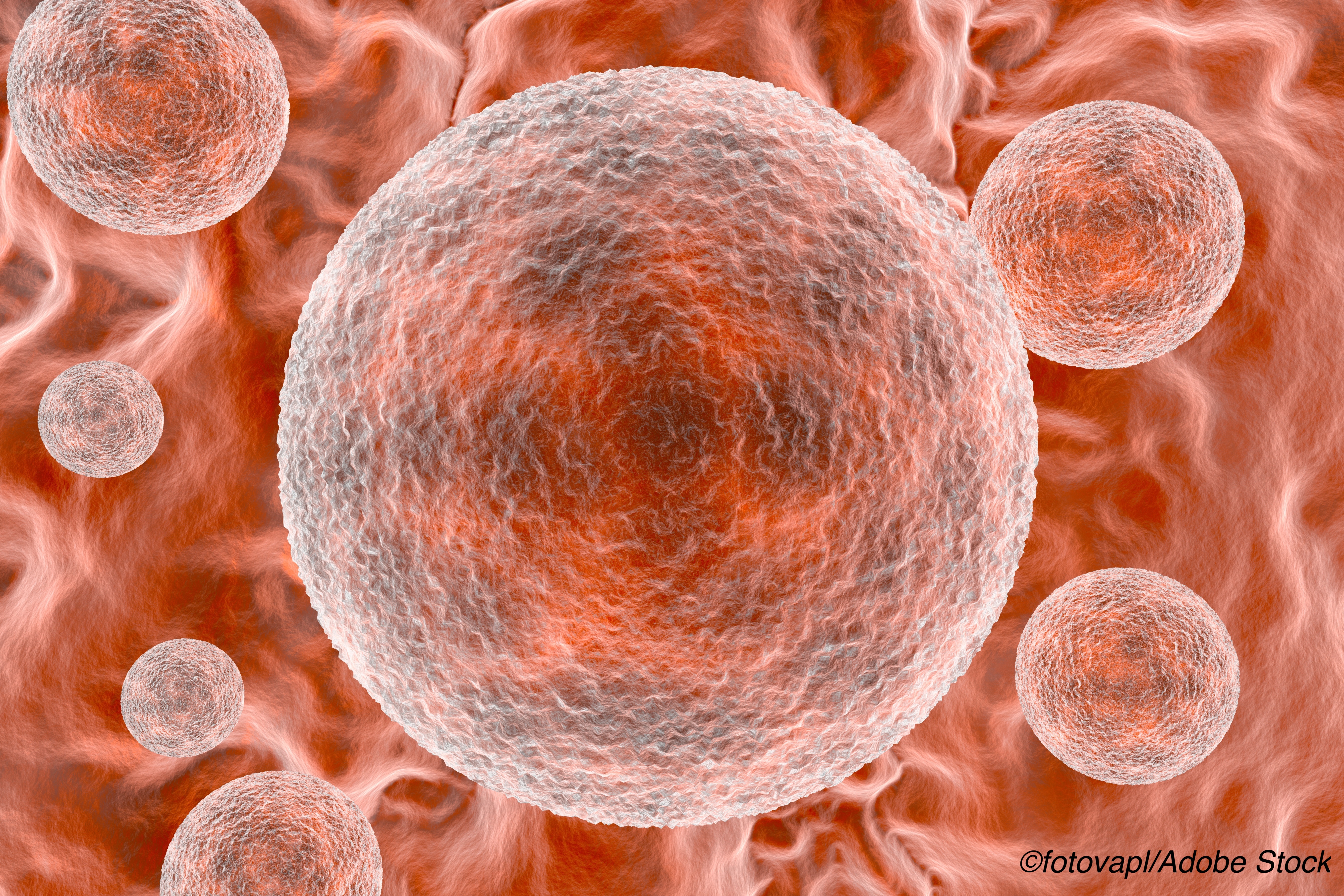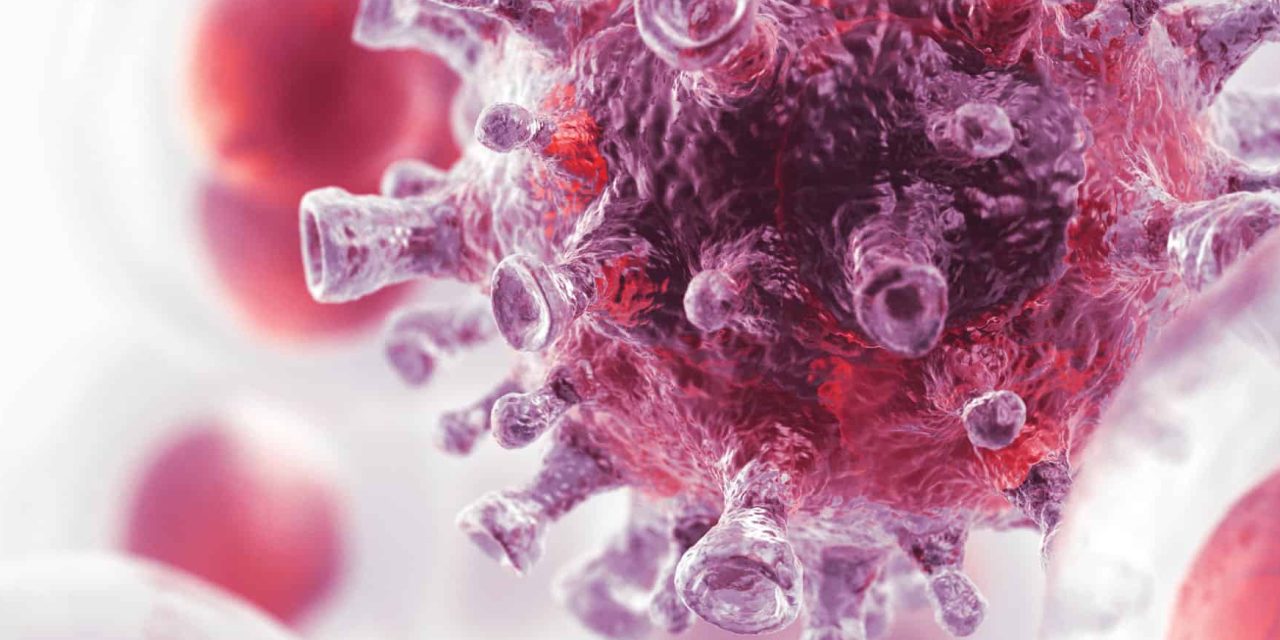
In a double-blind trial of men with asymptomatic rectal chlamydia, a 7-day course of doxycycline was superior to a single-dose of azithromycin at achieving microbiologic cure, researchers reported in The New England Journal of Medicine.
The trial recruited 625 over a 3-year period beginning in August 2016 and randomized them to doxycycline 100 mg bid daily for 7 days or a single 1 g dose of azithromycin. The primary efficacy outcome measure was confirmed cure, defined as a negative nucleic acid amplification test at 4 weeks. They reported outcomes for 290 men in doxycycline group and 297 in the azithromycin group.
“Microbiologic cure was observed in 281 of 290 participants (96.9%) in the doxycycline group and in 227 of 297 (76.4%) in the azithromycin group, for an unadjusted risk difference of 20.5 percentage points (95% confidence interval [CI], 16.4 to 24.6) and an adjusted risk difference of 19.9 percentage points (95% CI, 14.6 to 25.3) (P<0.001 for both comparisons),” wrote Andrew Lau, MS, of the University of Melbourne, and colleagues.
In the per-protocol analysis, 198 of 207 men treated with doxycycline achieved microbiologic cure (95.7%) versus 126 of 172 in the azithromycin group (73.3%), which resulted in an “…unadjusted risk difference of 22.4 percentage points (95% CI, 13.6 to 31.2) and an adjusted risk difference of 21.3 percentage points (95% CI, 13.3 to 29.4).”
Chlamydia trachomatis is a common sexually transmitted disease among men who have sex with men, and regular screening is recommended.
The authors explained that, although current treatment recommendations are for either 7 days of doxycycline 100 mg bid or single dose azithromycin, clinicians have recently begun to question whether the treatments are equally efficacious. For example, a “systematic review of observational data indicating that doxycycline may be approximately 20% more efficacious than azithromycin for the treatment of rectal chlamydia, along with increasing concern about resistance to azithromycin in other STIs.”
The average age of study participants was 32 and more than half were HIV negative and PrEP negative. At baseline, “…those in the doxycycline group were more likely to report previous chlamydia infection than were those in the azithromycin group (53.5% vs 44.1%) and to report a higher frequency of douching before receptive anal sex (65.9% vs 56.9%).” Nonetheless, the chlamydial load measured at baseline was similar in the two groups.
Seventy-nine participants had treatment failure and most of them had chlamydia variants G (27.9%) or D (25.3%) at baseline. In the azithromycin group, a greater baseline chlamydial load increased the risk of treatment failure.
About a third of men in the doxycycline group and 45% of those in azithromycin group reported treatment-related adverse events, with similar numbers of men in each group reporting nausea or vomiting; diarrhea was more likely to be reported by those treated with azithromycin.
The authors pointed out that their results “are consistent with a 2015 review of eight observational studies showing that doxycycline was more efficacious for rectal chlamydia than azithromycin (99.6% vs 82.9%). Subsequent observational studies have shown similar results. Although we could not locate any results of randomized, controlled trials, we found a conference abstract for a smaller trial involving 135 participants that showed similar results (91% cure in the doxycycline group vs 71% in the azithromycin group).”
But what remains unclear is why azithromycin, which had previously been shown to be “only slightly less effective for urogenital infection (94% vs 97%),” was so much less effective that doxycycline for treating rectal chlamydia. The Australian researchers offered two possible explanations:
- Location: “chlamydial minimal inhibitory concentration (MIC) for azithromycin is four times as high in colorectal cell lines as in endocervical cell lines, whereas the chlamydial MIC for doxycycline does not vary between cell lines.”
- Delivery: “doxycycline is highly soluble in lipids, which facilitates a rapid distribution to infection sites; although azithromycin is also lipid soluble, the drug is transported mainly by inflammatory cells that are produced during an immune response.”
The study was limited to men with asymptomatic chlamydia, so it is unknown if the findings can be generalized to women or men with symptomatic infection.
-
A 7-day course of doxycycline 100 mg bid was superior to a single dose of azythromycin 1g for treatment of asymptomatic rectal chlamydia in men who have sex with men.
-
Be aware that a greater chlamydial load at baseline was associated with azithromycin treatment failure.
Peggy Peck, Editor-in-Chief, BreakingMED™
The study was supported by a grant from the Australian National Health and Medical Research Council.
Lau had no disclosures.
Cat ID: 125
Topic ID: 79,125,730,125,190,28,192,925



Create Post
Twitter/X Preview
Logout